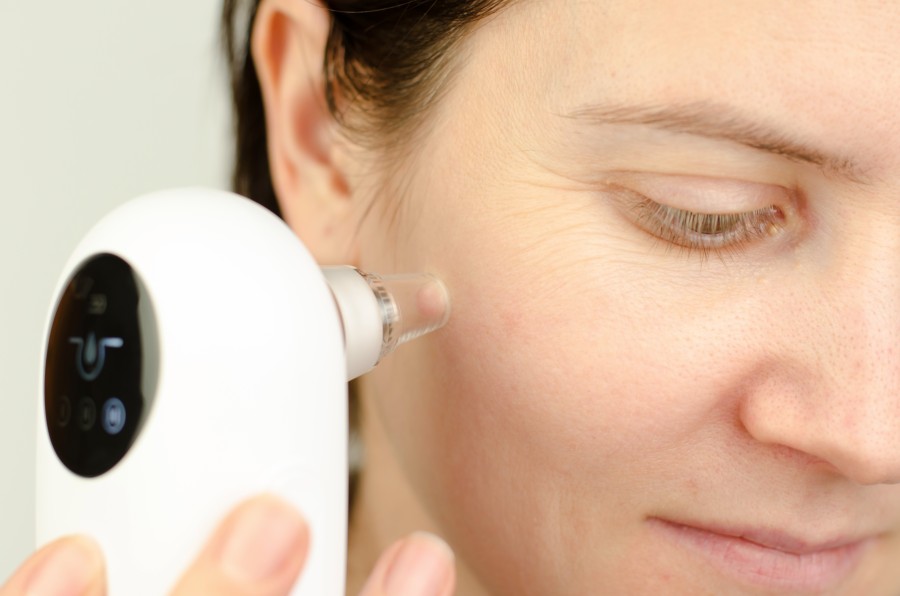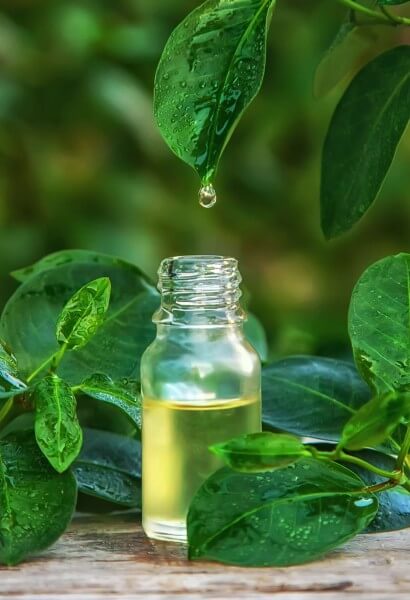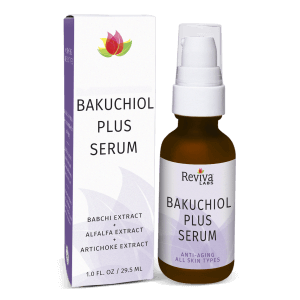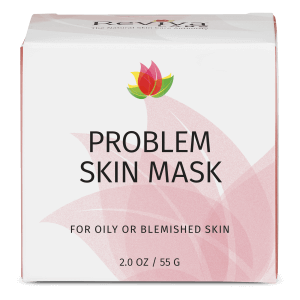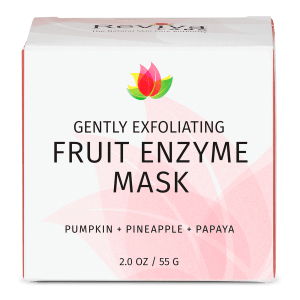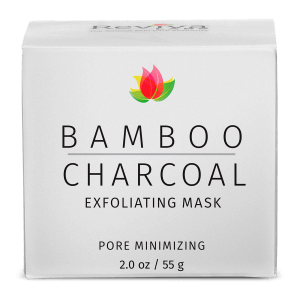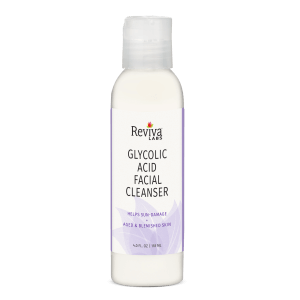Ingredients, Reviva Labs, Skin Care
Are Pore Vacuums Safe for Your Skin?
In the quest for clear and radiant skin, many people are turning to pore vacuums as a solution to remove blackheads and unclog pores. These handheld devices promise to suction away dirt, oil, and other impurities from the skin, leaving it smooth and blemish-free. But are pore vacuums really safe for your skin? In this article, we will delve into the facts and opinions of skincare experts to uncover the truth about pore vacuums and their potential risks and benefits.
What Are Pore Vacuums?
Pore vacuums, also known as blackhead vacuums, are small devices that use “mild” suction to extract oil, dead skin cells, and other debris from the pores. They are designed to target blackheads, which are pores clogged with oil and dead skin cells that have oxidized and turned dark. Pore vacuums work by creating suction that helps to dislodge the buildup in the pores, leaving the skin looking clearer and smoother.
The Effectiveness of Pore Vacuums
When it comes to the effectiveness of pore vacuums, opinions among dermatologists vary. Some experts believe that pore vacuums can be effective in removing mild pore congestion, while others argue that their benefits are only temporary. Dr. Anetta Reszko, a New York City-based board-certified dermatologist, explains that pore vacuums can be a useful tool in clearing pore congestion but should not be considered an essential component of a skincare routine. Instead, she recommends using them occasionally in conjunction with a proper skincare routine that includes exfoliation and other targeted treatments.
The Safety of Pore Vacuums
One of the main concerns surrounding pore vacuums is their safety. When not used correctly or on certain skin types, pore vacuums can cause potential harm. Dr. Dennis Gross, a renowned dermatologist, warns that high suction settings can lead to micro-tears in the skin, resulting in redness, irritation, and even broken capillaries. This is especially true for individuals with sensitive skin or underlying skin conditions such as rosacea.
It is important to note that at-home pore vacuums are generally less powerful than professional devices used in medical offices. However, caution should still be exercised to prevent any potential damage. Dr. Sheraz, a board-certified plastic surgeon, advises using FDA-approved devices and adjusting the suction levels based on your skin type. Patients with thin skin, rosacea, or sensitive skin should opt for lower suction settings to avoid irritation or damage.
Risks and Side Effects
Using pore vacuums incorrectly or excessively can lead to various risks and side effects. The most common side effects include bruising, redness, and broken capillaries. These side effects are more likely to occur with high suction settings or if the device is used on sensitive or thin skin. Individuals with darker skin tones may also be at risk of developing hyperpigmentation as a result of inflammation caused by pore vacuum use.
In extreme cases, pore vacuums can lead to the development of telangiectasia, which are small broken blood vessels in the skin. This condition may require laser treatment to improve the appearance. It is essential to use pore vacuums with caution and to discontinue use if any adverse effects occur.
Alternatives to Pore Vacuums
If you’re concerned about the potential risks of pore vacuums or have sensitive skin, there are alternative methods to keep your pores clean and minimize blackheads. Dermatologists recommend incorporating a consistent skincare routine that includes exfoliation and targeted treatments.
Retinoids and chemical exfoliants, such as salicylic acid, are highly effective in treating and preventing blackheads. Retinoids increase skin cell turnover and inhibit the formation of blackheads, while salicylic acid deeply penetrates the skin to dissolve buildup. These ingredients can be found in various skincare products, including cleansers, serums, and spot treatments.
Regular cleansing with non-comedogenic products and using oil-free makeup can also help keep pores clear. Additionally, maintaining a healthy diet, staying hydrated, and managing stress levels can contribute to overall skin health and minimize the appearance of blackheads.
Professional Treatments for Blackheads
For individuals with stubborn blackheads or those looking for more intensive treatments, professional options are available. One such treatment is the HydraFacial, a popular in-office procedure that uses a medical-grade hydradermabrasion device to cleanse the skin and remove impurities. The HydraFacial combines suction and pressurized solutions to effectively clean out pores and improve the appearance of blackheads, hyperpigmentation, and fine lines.
It is important to consult with a dermatologist or esthetician to determine the most suitable treatment options based on your skin type and concerns. They can provide personalized advice and perform professional extractions safely and effectively.
Conclusion
While pore vacuums may offer a temporary solution for clearing blackheads and pore congestion, their safety and effectiveness depend on proper usage and individual skin conditions. It is crucial to use pore vacuums cautiously, adjusting suction levels and avoiding excessive use. Individuals with sensitive or thin skin, as well as those with underlying skin conditions, should exercise extra caution.
Alternatives to pore vacuums, such as incorporating retinoids (e.g., Reviva’s Retinol Serum), chemical exfoliants (i.e., Reviva’s 10% Glycolic Acid Crème), and maintaining a consistent skincare routine, can help prevent and treat blackheads. Professional treatments, such as the HydraFacial, can provide more thorough and targeted results under the guidance of a skincare professional. Reviva’s Light Skin Peel, which includes 1% salicyclic acid or Reviva’s Problem Skin Mask, can also help to alleviate or avoid blemishes.
Remember, achieving and maintaining healthy skin is a multifaceted process that goes beyond a single tool or treatment. Prioritize a comprehensive skincare routine, consult with experts, and listen to your skin’s needs for optimal results.



